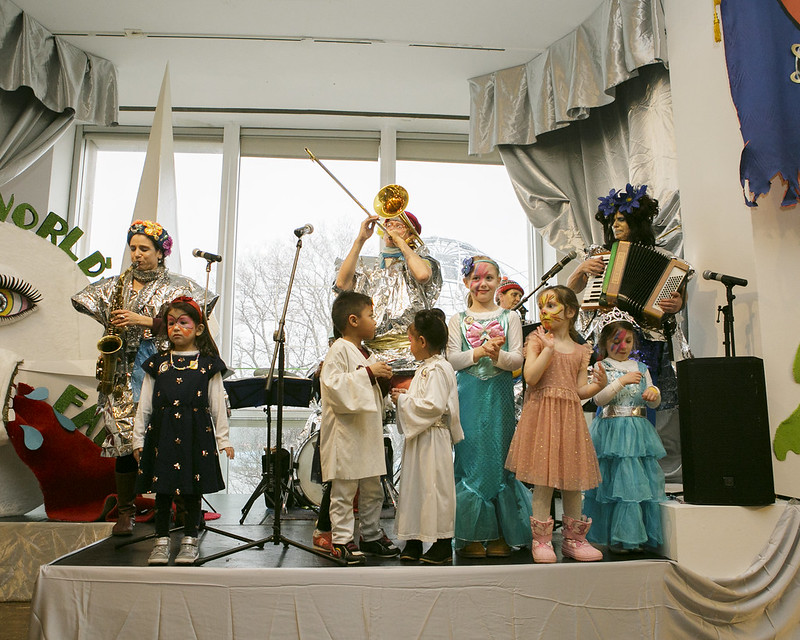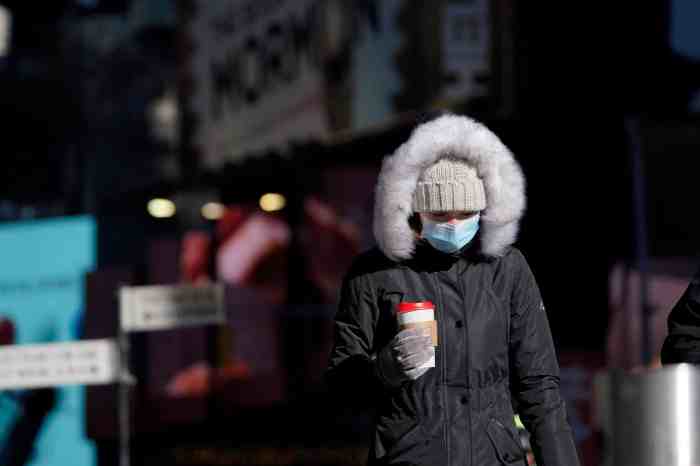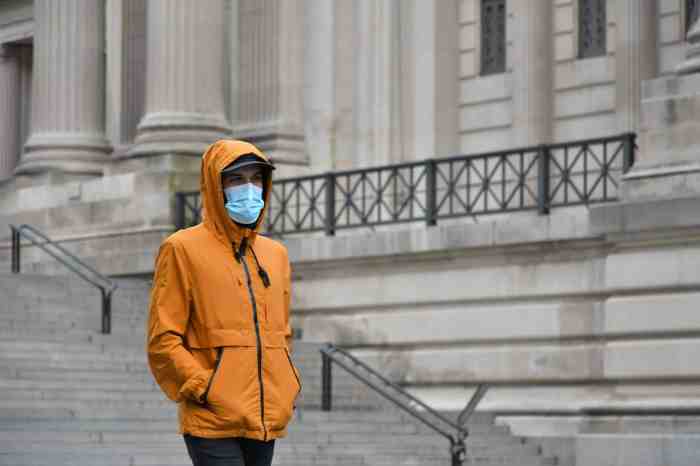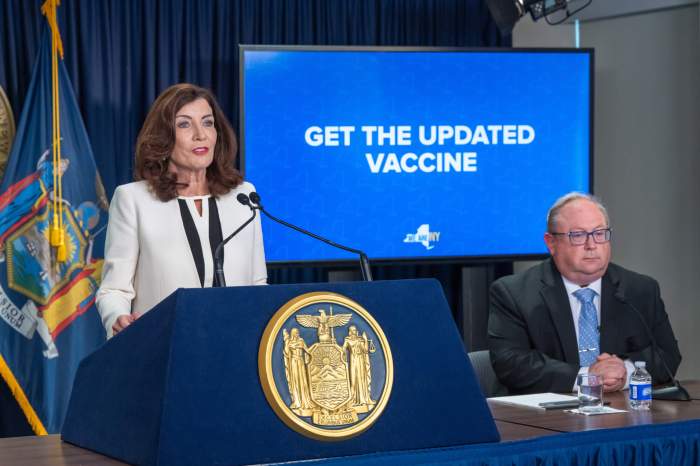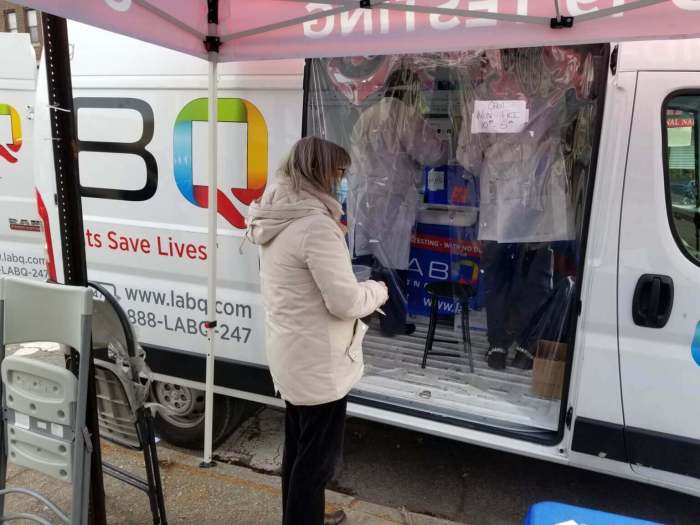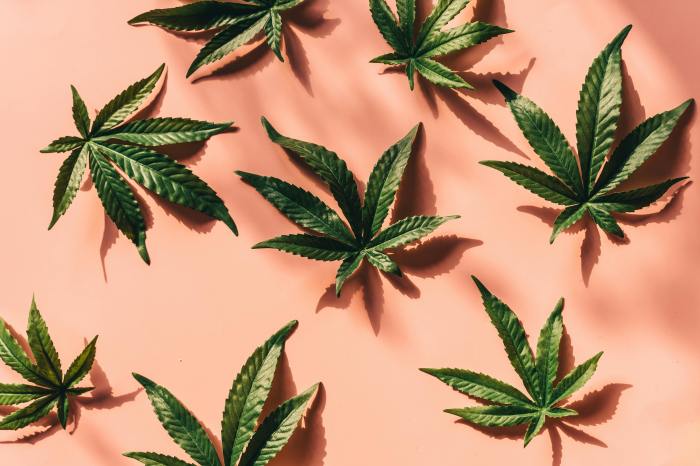In any other spring in New York, museums, art galleries, theaters and other cultural venues would be teeming with visitors and activities. But the museum halls and theater seats are empty now during the coronavirus pandemic, and no one knows when normalcy will return.
Even when the city finally begins reopening its economy and relaxing capacity rules, cultural institutions face a major financial uphill battle. The long-term closures — a necessity to slow the spread of the illness — nonetheless resulted in millions of dollars in lost revenue.
One such institution, the Queens Museum in Flushing Meadows-Corona Park, closed to the public on March 16. Sally Tallant, the museum’s executive director, hopes that the institution — famous for its Panorama model display of New York City’s five boroughs — could reopen as early as July, but with plenty of changes to its operations.
“We are working to understand and navigate the challenges of this new reality,” Tallant wrote in an email to amNewYork Metro. “Our commitment to artists, educators, and our communities remain at the heart of the Museum. We are working digitally as well as finding ways to provide support, connection, and intimacy at this moment of social distancing.”
So far, Tallant estimates that the coronavirus pandemic has cost the museum $900,000 in funding. The museum had to cancel its annual gala, which generates about 10% of the institution’s annual income. A Queens Museum Resiliency Fund has been established seeking to recoup most of the anticipated donations.
Contributions from donors might be harder to come by as the nation dives head-first into the worst recession in more than a decade. The institutions could suffer further blows from reductions in government funding, as state and local governments deal with their own fiscal difficulties related to the pandemic.
The city’s Department of Cultural Affairs (DCLA) wants to get a clearer picture of the pandemic’s impact upon the more than 1,200 nonprofit cultural groups that applied for city funding in recent years. On Friday, the agency announced a new survey asking the groups’ representatives to provide their input on how COVID-19 has affected their organizations.
The DCLA worked in partnership with Americans for the Arts to create and launch the nonprofit survey, which is open through May 8. Data collected from the survey — which takes just five minutes to complete, the agency noted — will be sent to SMU DataArts for the formation of a detailed report on the state of New York’s cultural institutions during the pandemic.
“As we continue to think about how New York will reemerge from the COVID-19 crisis, we must consider the city’s economic and emotional drivers, and our vibrant cultural sector is a huge part of that,” Deputy Mayor Vicki Been said.
According to the DCLA, the respondents will be asked to estimate their “projected future organizational impact as programs continue to be canceled or postponed.” SMU DataArts will analyze the results along with years of financial data previously provided by these organizations to gain a better understanding of the pandemic’s impact upon the groups.
“Quantifying that impact will be critical to shaping recovery efforts,” acting Cultural Affairs Commissioner Kathleen Hughes added. “Assessing the damages sustained by organizations which are so integral to our communities, especially those that have proved most vulnerable to this crisis — low-income neighborhoods and communities of color — will help us support the resurgence of every part of our city.”
The SMU DataArts, which the DCLA says will be released later this spring, will aim to boost future advocacy efforts to gain funding for the affected organizations.
As for Tallant, the short-term focus in the city’s recovery from the pandemic will be a local one.
“Once we are able to return, we will extend the duration of our studio program by four months and will provide free studios for our 11 studio artists until the end of the year so that they can continue their work,” she wrote.
By and large, Tallant noted, the city has been supportive of its cultural institutions during the pandemic, honoring funding commitments even amid the drop in citywide tax revenue. Tallant believes it will be important for cultural institutions to work with each other and the city to ensure they will come out of the pandemic stronger.
“It’s really important than the ecology of cultural organizations and museums is kept in place,” she said. “We need to be able to help with the recovery. The city is being very supportive of us and I think we’re lucky to be in New York. We’ll work through it together.”



